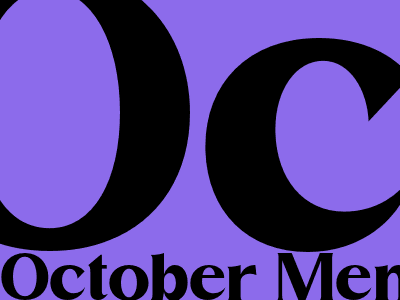
Meme: The Evolution of Internet Humor
From the humble beginnings of text-based emoticons to the elaborate visual creations of today, memes have evolved into a ubiquitous form of online communication.
1. The Dawn of Memes: The Text-Based Era
In the early days of the internet, memes existed primarily in the form of ASCII art and text-based emoticons.
These simple symbols were used to convey emotions, reactions, and jokes in a concise and humorous way.
Examples include the iconic smiley face :-) and the equally well-known frowny face :-(.
2. The Rise of Image Macros: Adding a Visual Element
As internet speeds improved and image sharing became more accessible, memes began to incorporate visual elements.
These image macros typically featured a still image with superimposed text, creating a new form of visual humor.
One of the most popular early examples of an image macro is the "Rage Guy," a cartoon character used to express frustration or anger.
3. The Golden Age of GIFs and Videos: Motion Enters the Scene
The advent of GIFs and videos brought a new dimension to memes.
These formats allowed for more complex and dynamic humor, as creators could now use animation and sound to enhance their creations.
Some of the most iconic memes of this era include the dancing baby, the Nyan Cat, and the Harlem Shake.
4. The Meme Economy: A New Form of Cultural Currency
In recent years, memes have become more than just a form of entertainment.
They have evolved into a cultural currency, used to express shared experiences, social commentary, and even political views.
The popularity of memes has also led to a new economy, with some creators earning substantial income from their creations.